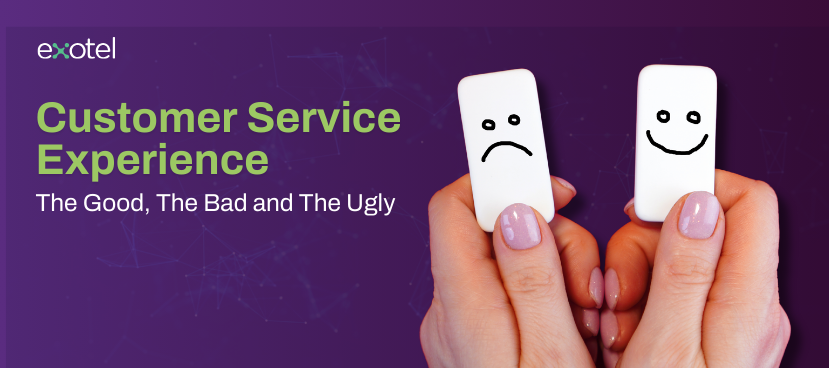The customer communication landscape is changing faster than ever post the pandemic. At Exotel, we’ve been hard at work helping our customers adapt to these changes over the past 18 months. And we’ve had quite a ride – we merged with Ameyo and raised two rounds of funding. Now, we’re taking it one step further – we’ve acquired Cogno AI, a conversational AI company, to bring intelligence to our platform.
Exotel will now help you have more intelligent conversations with your customers across channels. With both Ameyo and Cogno AI by our side, we have a bouquet of offerings that enable customer engagement across channels, processes, and devices. We’re building a one-of-its-kind full-stack customer engagement platform, so you don’t have to deal with multiple vendors anymore – we’ll soon be able to offer it all under one roof.
How this Acquisition Benefits you
Cogno AI is a conversational AI platform with an omnichannel chatbot, live chat, CoBrowse with video calling and CognoDesk (a minimalist ticketing software). All of this combined with Exotel’s platform amounts to huge benefits giving you a clear competitive advantage:
#1 Shorter wait times for your contact centre
High wait times are a common problem in enterprise contact centres. With Cogno AI’s chatbots and live chat capabilities, Exotel will be able to help you build a chat-first contact centre with better processes and automations, resulting in faster resolutions and shorter wait times. This not only helps you increase customer satisfaction but also enables you to cater to a modern millennial & gen-Z audience.
#2 Intelligent conversations across all the channels you use
Sentiment analysis with conversational AI has proven to help businesses get better results. But, this is often limited to a few channels. With access to Cogno AI’s NLP & speech technology, we’ll be able to lend this intelligence to all the channels & platforms you use – from WhatsApp to video to voice calls, we’re slowly going to help you have better conversations with customers on each of these channels.
#3 A single platform for all your customer engagement needs
For enterprises, the largest inefficiencies lie in the inability to make disparate systems work with each other. The adoption of new digital channels for business communication is on the rise – more of you are working with multiple vendors to enable omnichannel conversations. While the adoption of these channels has facilitated customer convenience, it has also led to disconnected data and broken customer experiences.
This is one of the biggest challenges we’re trying to solve with this acquisition (and our merger with Ameyo). We’ll soon be able to offer an end-to-end, seamlessly integrated platform that powers intelligent conversations across all channels.
What’s next?
This acquisition makes us the first AI-powered cloud customer engagement platform in the emerging markets. We will continue to work towards our goal of making customer engagement more intelligent and easier for you and would like to thank all our customers for your continued support and partnership.
In the coming months, we will be working on offering the capabilities of Exotel, Ameyo and Cogno AI under a single platform. If this is something that interests you, you can book a consultation slot here and our product expert will get in touch with you soon.
Here’s the press release announcement.
 +91-808 8919 888
+91-808 8919 888 +91-808 8919 888
+91-808 8919 888 +966 135 181 912
+966 135 181 912



